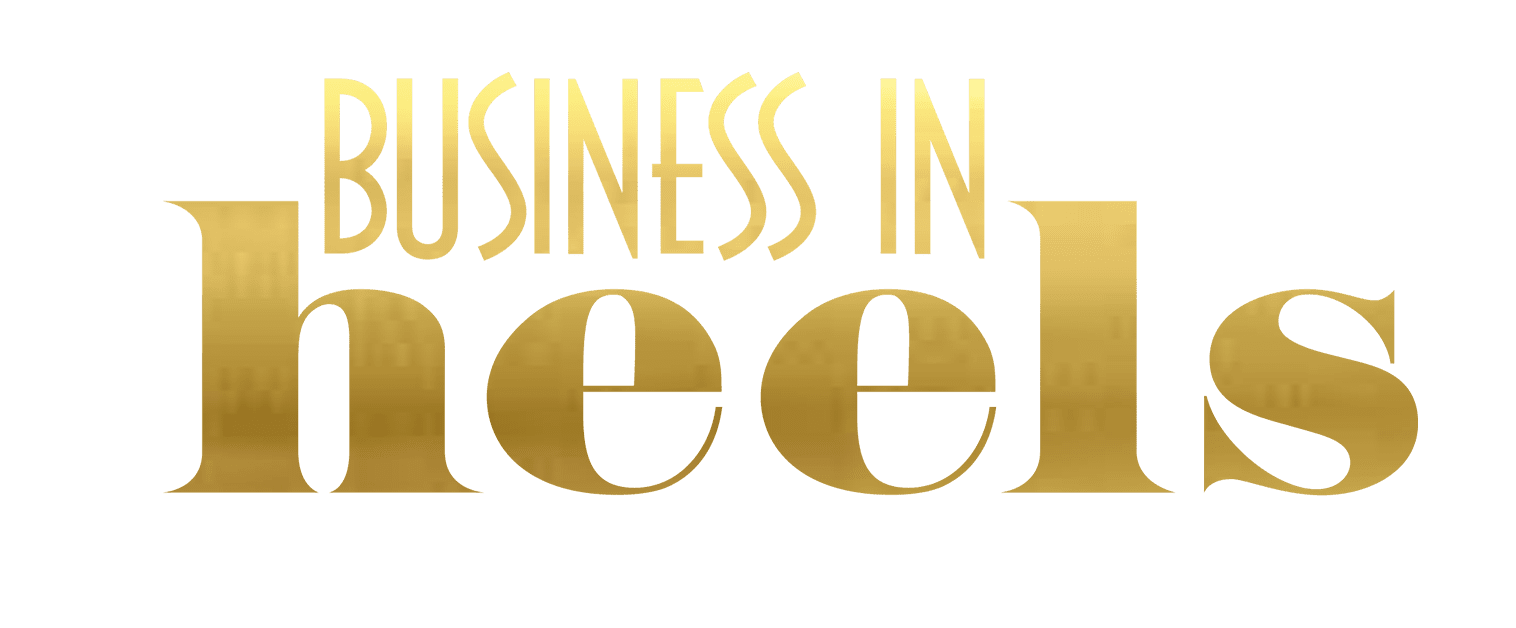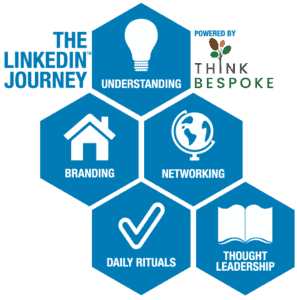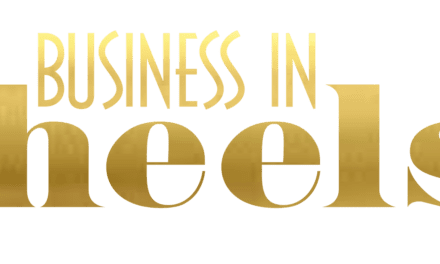This article is a 5 minute read and explains how to better navigate LinkedIn for your small business.
LinkedIn is an incredibly powerful tool for business and can be leveraged as a content marketing platform, a place for you to establish your thought leadership, build brand awareness, and attract great talent. There’s two main parts of the LinkedIn platform that you can use when you’re navigating LinkedIn for business.
The first is the LinkedIn profile feature, with free and paid memberships. There’s a lot you can do with the free elements of your LinkedIn Profile, and it’s not until you start to hit the commercial limits of the free membership that you’ll need to think about investing in a paid premium account. The second part is the business, or company page. This is also free to set up, and is where you create paid LinkedIn advertising campaigns.
This captures the 5 key elements that I believe make up the LinkedIn journey. The first one is understanding LinkedIn. Whether you’re in the early stages of building your online presence, business or leading a well established business, it’s important that you understand what LinkedIn is.
Understanding: The First Stage of the LinkedIn Journey
LinkedIn started as and remains a place to get your next job. It’s also become a great place for you to raise the profile of your business, yourself and your team. The key thing to consider before investing more energy in LinkedIn is whether the the clients and community you wish to serve and influence are on LinkedIn. Consider whether LinkedIn is where the people you wish to influence get their news. Finally, consider if LinkedIn is where the people who refer you and your business hang out, and whether it’s where they go to stay informed about their industry news so you can be there too and remind them to recommend you to others.
If you mostly answered yes to these questions, then you’re starting to understand the value of LinkedIn. Welcome! I’m so glad you found me and can not wait to be your guide to show you how to use all the free features of LinkedIn (and some of the paid ones too).
However, I’m going to put the brakes on for a minute and ask you to put down the map and consider this. Please don’t spend time investing in updating your LinkedIn Profile and creating a company page if you do not have the bandwidth or headspace to invest time each week on LinkedIn. Thirty minutes each week is enough to begin with. But remember you lead or run a business and this consumes you! So please first think about how well you are serving your ideal clients, whether you’re doing great work and getting actively referred. If you mostly nodded as you read that last line and believe this is all on track, and your website’s in good shape, then you’re ready for LinkedIn. You can now confidently pick up that map again and move on to the second stage of your LinkedIn journey, which is branding.
Branding: The Second Stage of the LinkedIn Journey
When I talk about branding, it’s how you brand your profile and how you brand your company page. I’ve written a lot about both of these elements which you can read on the blog categories LinkedIn Profile and LinkedIn Company Page.
Having a well written profile and a company page on LinkedIn can play a key role in helping reduce risk for people in the decision making process who are trying to decide if you are for them. It’s likely that you’ve been referred by a happy client or colleague and the individual has googled your name or has looked at your website and seen your name. Take advantage of people’s desire to research you online and be in control of the information they can find out about you with a well optimised profile and a Company Page that showcases your services and unique organisational culture.
Networking: The Third Stage of the LinkedIn Journey
Networking is the public (via your LinkedIn newsfeed) and private (via invitations to connect and messaging) activity you’re doing from your profile to engage meaningfully with your connections and potential clients. Note two very important words in this last sentence – ‘engage meaningfully’. Not sell. I believe in the power of building relationships, adding value to your connections and celebrating people’s success. And I believe if you do great work and take this approach to networking then the referrals and clients will follow.
If you would prefer to take a more transactional approach, I’m probably not the trainer for you.
Daily Rituals: The Fourth Stage of the LinkedIn Journey
Daily rituals on LinkedIn are about being consistent and disciplined with your LinkedIn activity. It’s where most people fall over, which is the opportunity! It’s really important to consider and then commit to your regular rituals on LinkedIn if you want to attract better clients, stay top of mind with your network and be referred. Rome was not built in a day and you need to show up regularly to get results. It’s Gretchen Rubin who wrote that it’s what you do every day that matters more than what you do once in a while.
And as professionals we’re all really busy, right? So we don’t want to be spending hours on social media and LinkedIn. One of the things I really like about LinkedIn is that it’s time well spent online. You don’t need to spend heaps of time on LinkedIn if you know what you’re doing when you’re there. It’s about being more strategic and focused.
Thought Leadership: The Fifth Stage of the LinkedIn Journey
Thought leadership is also the key element of LinkedIn. LinkedIn provides an organisation with a platform to demonstrate thought leadership via articles, videos, blogs, documents and visuals. Studies have demonstrated that up to 75% of B2B customers have placed a vendor on a shortlist as a result of them demonstrating thought leadership. Thought leadership is a huge factor in brand differentiation and impacts every stage of the buyer’s journey.





